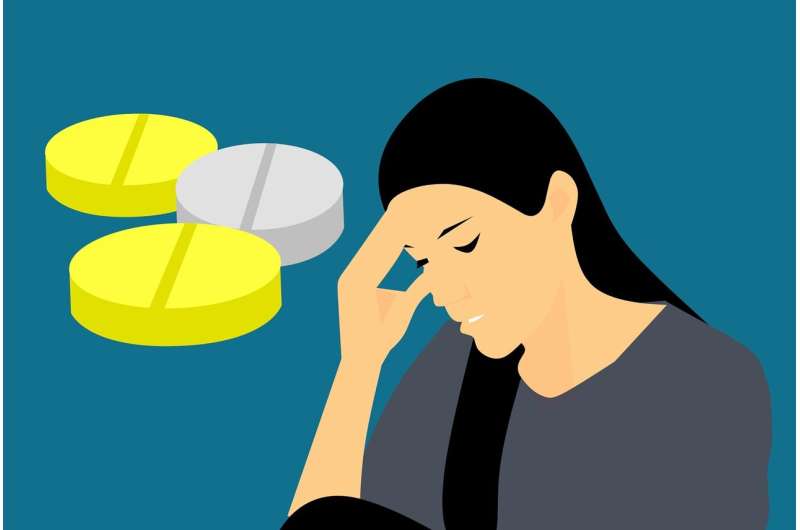
Hormone levels in the womb before birth have been potentially linked to the risk of developing migraine in adulthood, reveals a new study of genetic and environmental information from the world’s largest database of twins. The research is also the first to show that genetic factors related to migraine risk may be different for men and women. The researchers hope these findings will enable more effective and targeted treatment options for this debilitating disease.
The risk of experiencing migraine in adulthood has been linked to factors in the womb, finds a new study published in Frontiers in Pain Research. It also found evidence to suggest that different genes influence migraine risk in men and women.
“We are the first to show that females with a male co-twin have a higher risk of migraine compared to females with a female co-twin, suggesting that prenatal factors, possibly relating to in utero hormone levels, may contribute to migraine risk,” said Morgan Fitzgerald, lead author of the study, from the University of California, San Diego School of Medicine. “We are also the first to present evidence that genetic factors related to migraine risk may be different between females and males.”
Debilitating disease
Migraine is a severe, debilitating neurological disease that affects more than 12% of the world’s population. Females are more likely to suffer from migraine by a factor of nearly seven to one, and it is a leading cause of disability in young women.
“Despite its prevalence, the factors that contribute to migraine are poorly understood,” said Dr. Matthew Panizzon, principal investigator of the study, also based at the UC San Diego School of Medicine. “With the data from the Swedish Twin Registry, the largest twin registry in the world, there was a unique opportunity to probe factors contributing to female-male differences in migraine.”
The researchers examined data from 51,872 individuals who had participated in prior Swedish Twin Registry studies. They identified those who experienced migraine without aura based on criteria set by the International Headache Society Classification of Headache Disorders.
“Since the data were collected from twins, we were able to use analytic methods that allowed us to test whether migraine risk was driven by different genes in females and males, and whether the presence of an opposite-sex twin in utero, which is believed to impact prenatal hormone levels, had an influence,” explained Fitzgerald. “We found that the prenatal environment may contribute to migraine risk, and that some of the genetic factors that contribute to migraine risk may be different between females and males.”
Improved treatment options
“The findings of our study are important because the more we understand the factors that contribute to migraine, and especially the differences between males and females, the more opportunity there is to improve clinical care, diagnostic abilities, and therapeutic interventions for both men and women,” added Panizzon.
Further questions remain, such as what factors dictate the presence or absence of aura with migraine, and at what age and in what stage of life does migraine begin.
Source: Read Full Article
